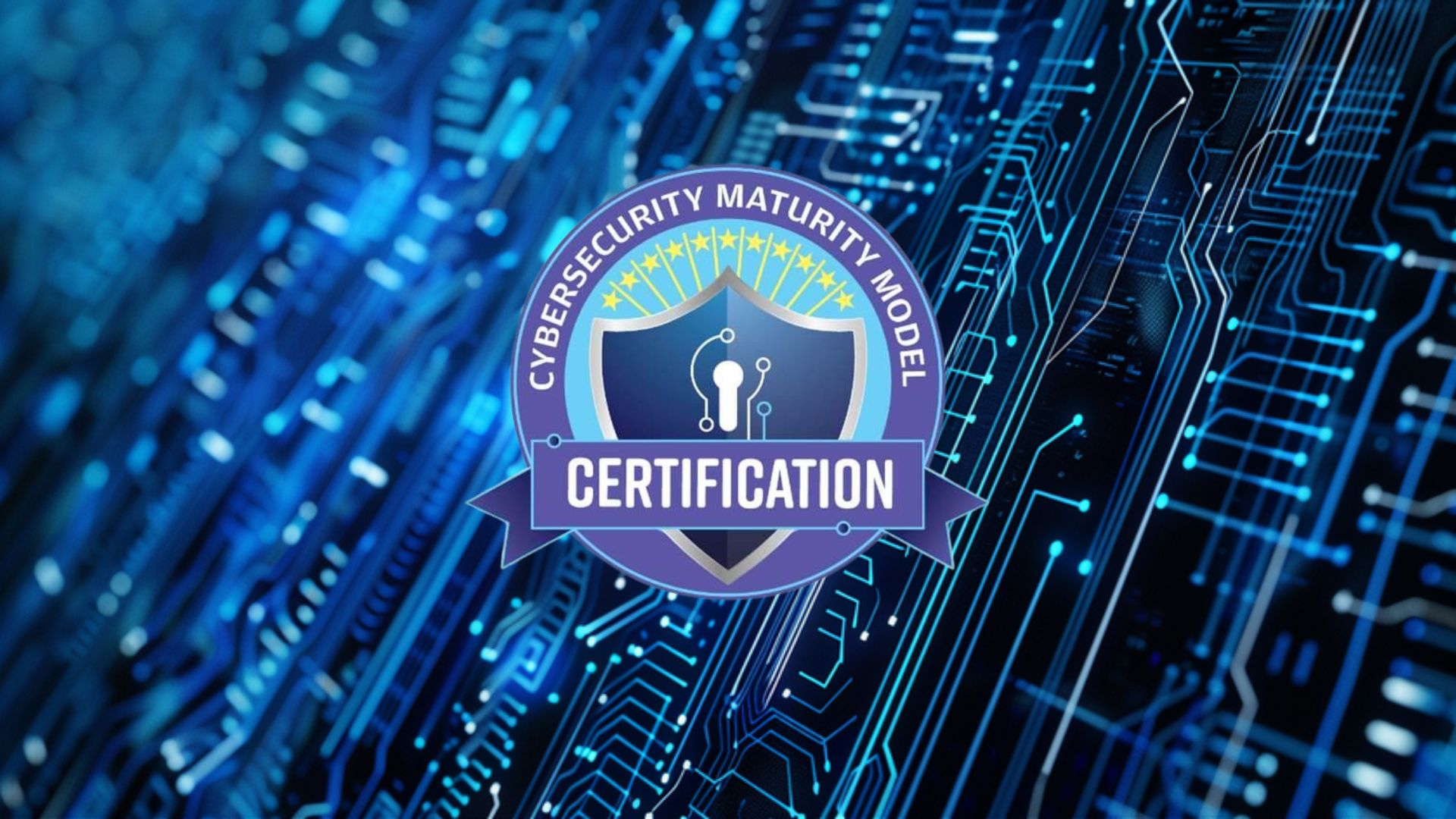Why Cloudflare VPN Alternative is the Best Choice for Secure Remote Access
As remote work becomes more prevalent, businesses need secure and reliable ways to connect employees to company resources. Traditionally, VPNs (Virtual Private Networks) have been the go-to solution. However, with the rise of modern security challenges, it’s time to consider a more advanced option: Cloudflare Zero Trust as the VPN alternative. This solution offers a… Read More »Why Cloudflare VPN Alternative is the Best Choice for Secure Remote Access







